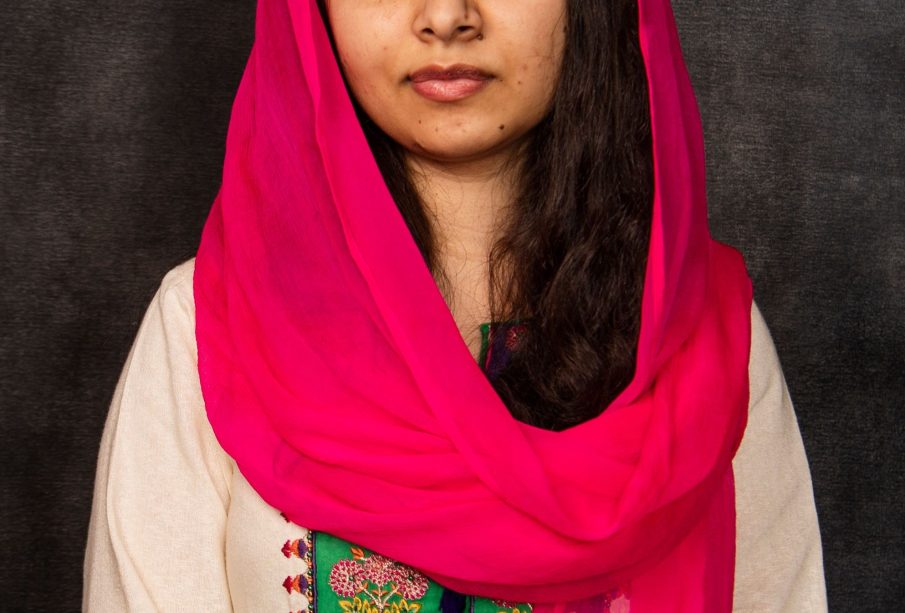Malala Yousafzai: A Symbol of Resilience and Change

Introduction
Malala Yousafzai, the youngest Nobel Prize laureate, has become a global symbol of strength and resilience in the fight for education and women’s rights. Her journey from a small village in Pakistan to an internationally recognized activist underscores the importance of education, especially for girls. In a world where millions of children are denied education, Malala’s work resonates with current events and serves as a beacon of hope and determination.
Key Events in Malala’s Life
Born on July 12, 1997, in Mingora, Pakistan, Malala’s passion for learning was evident from a young age. In 2009, as the Taliban escalated its campaign against girls’ education in her region, Malala began advocating for her right to education through a blog for the BBC Urdu. This act of defiance almost cost her life when, in October 2012, she was shot by a Taliban gunman.
Miraculously, Malala survived and continued her advocacy with even greater vigor. In 2014, she was awarded the Nobel Peace Prize alongside Kailash Satyarthi for their struggle against the suppression of children and young people and for the right of all children to education. Malala’s activism has since expanded globally, influencing policies and inspiring young people to stand up for their rights.
Current Advocacy and Initiatives
Today, Malala continues her education at the University of Oxford, where she studies Philosophy, Politics, and Economics. She co-founded the Malala Fund, an organization that aims to empower girls through education. The fund supports local organizations that advocate for girls’ education and ensures that education is accessible and safe for all children, regardless of their gender.
Recently, Malala has been vocal about the challenges posed by the COVID-19 pandemic, which has significantly impacted education worldwide. According to a report by UNICEF, over 24 million children are predicted to drop out of school due to the disruptions caused by the pandemic, amplifying issues of inequality in access to education. Malala’s efforts to address these disparities emphasize the need for collective action to protect girls’ education as societies recover from the crisis.
Conclusion
Malala Yousafzai’s story is a testament to the power of education and the vital role it plays in empowering individuals and communities. As she continues her efforts to champion girls’ rights to education, her impact signifies a hopeful future where every child can learn and thrive. With ongoing advocacy and the support of global leaders and communities, there is potential for transformative change in the landscape of education, ensuring that the right to learn is upheld for all.









